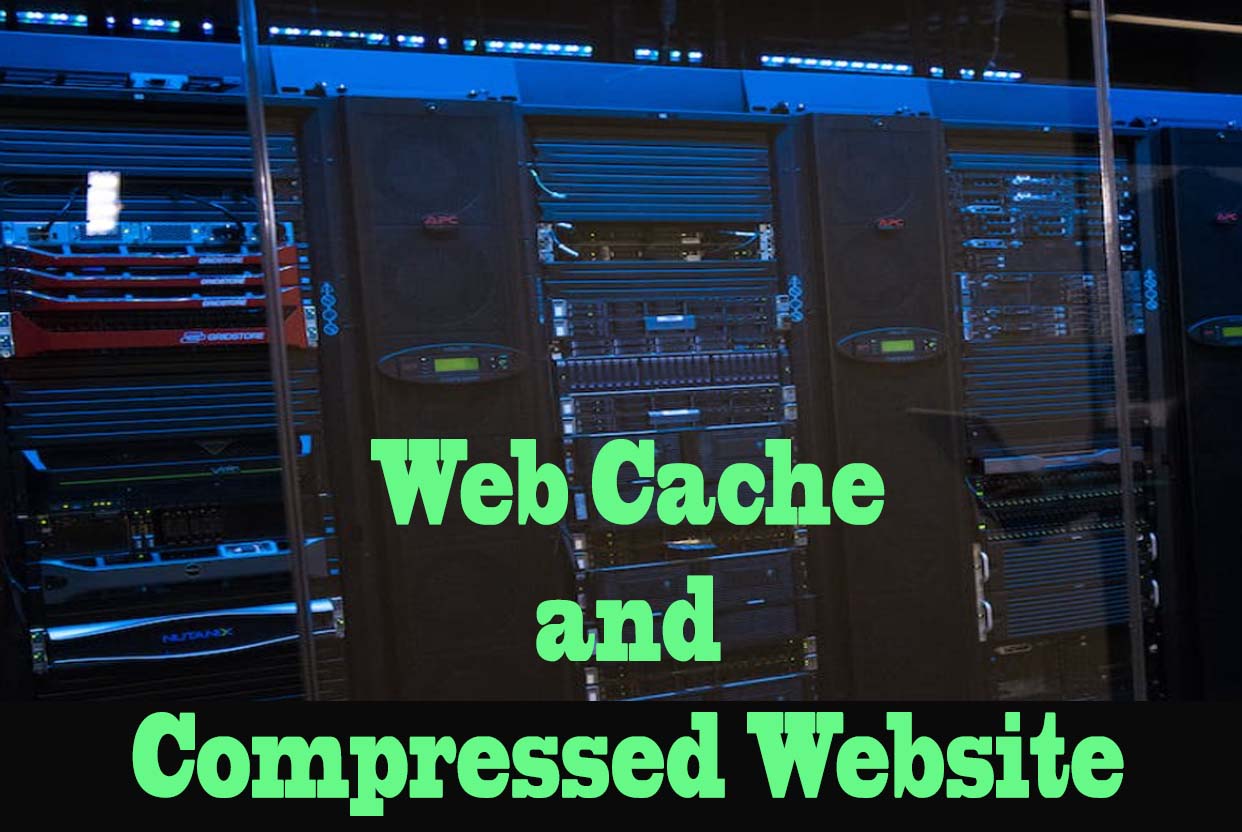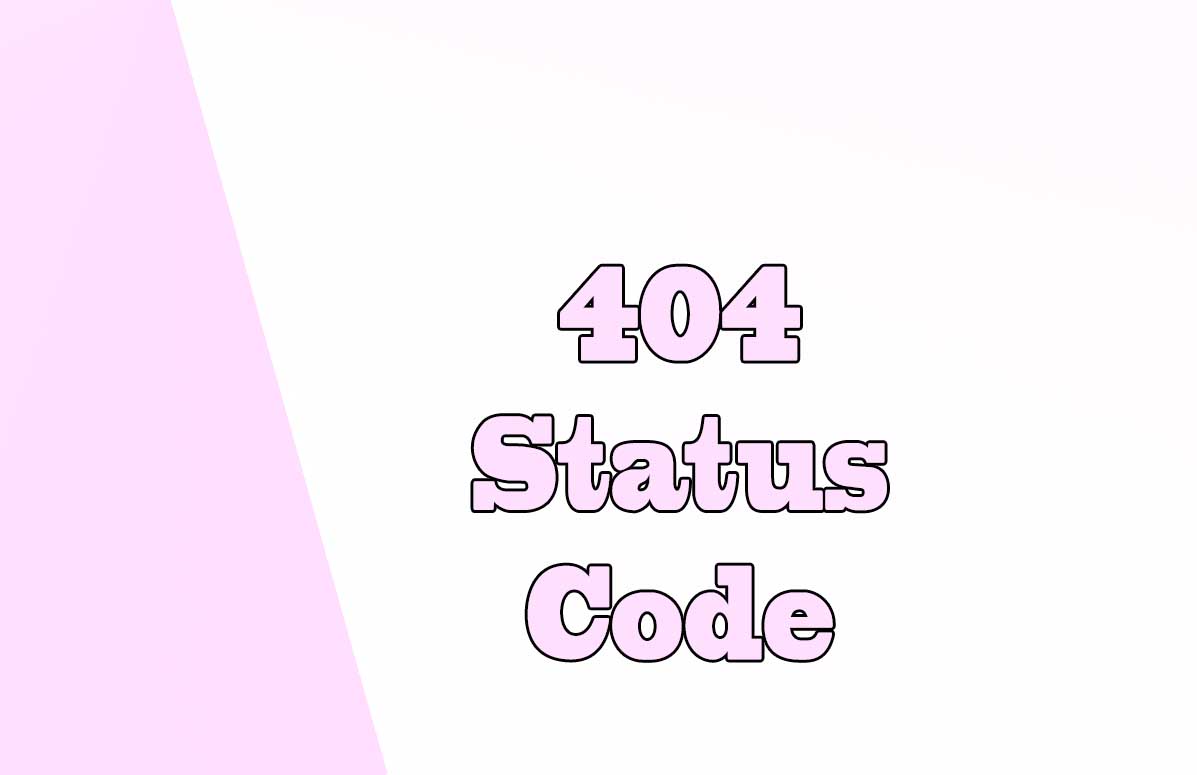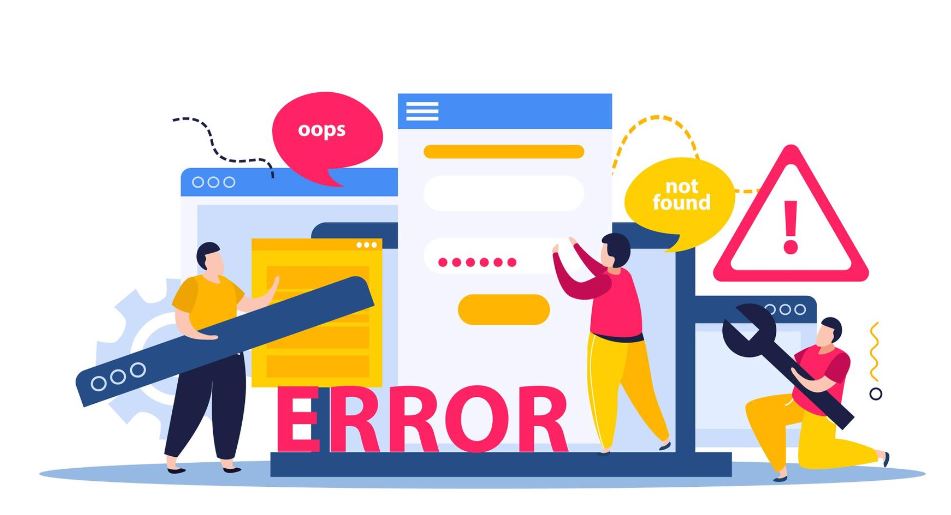
Introduction to Web Caching and Website Compression
In today's digital age, website performance is crucial for user experience and search engine optimization. Two important techniques for improving website performance are web caching and website compression.
Web caching involves temporarily storing website data on a user's device or a server to reduce loading times and server load.
Website compression, on the other hand, involves reducing the size of website files to improve loading times and reduce bandwidth usage.
Web caching and website compression are essential techniques for improving website performance. Web caching reduces loading times and server load, while website compression reduces the size of website files, resulting in faster loading times and reduced bandwidth usage.
Meaning of Web Cache
Web caching is the process of storing website data temporarily on a user's device or a server to reduce loading times and server load.
When a user visits a website, the browser requests data from the server.
With web caching, the browser can store some of the website data locally, such as images and CSS files, so that it does not have to request them again on subsequent visits. This reduces the loading time and server load, resulting in a faster and more efficient website.
Advantages of Web Caching
The advantages of web caching are numerous:
- It reduces server load, which can help prevent server crashes during high traffic periods.
- It improves website performance by reducing loading times, which can lead to higher user engagement and satisfaction.
- It can reduce bandwidth usage, which can save website owners money on hosting costs.
Meaning of Web Page Compression
Website compression is the process of reducing the size of website files to improve loading times and reduce bandwidth usage.
There are different types of website compression:
- Gzip is a widely used compression method that compresses files on the server before sending them to the browser.
- Brotli is a newer compression method that can achieve higher compression rates than Gzip.
Website compression is important because it can significantly improve website performance. By reducing the size of website files, loading times can be reduced, resulting in a faster and more efficient website. Additionally, it can reduce bandwidth usage, which can save website owners money on hosting costs.
Techniques for implementing Web Caching
There are several techniques for implementing web caching:
- Browser caching occurs when a user's browser stores frequently accessed content on their local machine. This type of caching can significantly reduce page load times for users who frequently visit the same website.
- Proxy caching occurs when a user's requests are intercepted by a proxy server, which stores frequently accessed content on behalf of the user.
- Server caching occurs when a server stores frequently accessed content to reduce the load on the server and improve website performance.
Implement web caching on a Server
The cache on a server is one in which the local computer that hosts the web page will be in charge of managing the local cache so that the website gains loading speed.
Different types of cache can be used on a Server:
- CDNs. A CDN is a set of interconnected servers across the Internet.
- Varnish Cache. Varnish is a web application accelerator. It is a package of applications that acts as a caching layer on a computer.
- Apache module mod_cache. It is an apache module available if your website is hosted on an apache server.
Within the server cache we can see three types of cache systems:
- Full page caching.
- Object caching.
- Fragment caching.
CDNs to speed up the loading of your website
A CDN is a set of interconnected servers across the Internet whose main function is to speed up the loading of websites for users. To do this, they obtain the cache of virtually any website.
The best CDNs for web caching
- Cloudflare.
It is one of the most popular CDNs in terms of web services.
To configure your website it will not be necessary to edit any type of code, you simply have to indicate the names of DNS servers (nameservers) and the service begins to operate as soon as possible. Start generating a copy (cache) of the pages that make up your website. This cache will be directed to servers that are part of the CDN that are located in various locations around the world. - Akamai CDN.
One of Cloudflare's main competitors is Akamai. - Fastly.
It is characterized by delivering websites at a very high loading speed. It has many configuration options. - Amazon Cloud Front.
It has functionalities of all kinds of range of use and difficulty. Details such as GZip type compression can be configured.
Techniques for implementing Website Compression
To enable website compression, different web servers and content management systems have different methods:
- Apache web server can enable Gzip compression by adding a few lines of code to the .htaccess file.
Compression in Apache is mainly done by the mod_deflate module.
To enable the mod_deflate module the .htaccess file located in the root directory of your website will be used. Once the .htaccess file is editable, a few lines of code will need to be added to this file:
The mod_deflate module compresses data dynamically, which means that Apache compresses the data on the server side as it is in transit to the user's browser.# Enable GZIP <ifModule mod_deflate.c> AddOutputFilterByType DEFLATE text/html AddOutputFilterByType DEFLATE text/css AddOutputFilterByType DEFLATE text/javascript AddOutputFilterByType DEFLATE application/javascript AddOutputFilterByType DEFLATE application/xml </ifModule> - Content management systems like WordPress have plugins that can enable website compression with just a few clicks. There is a well known plugin for enabling GZIP compression in WordPress called WPRocket.
When implementing web caching and website compression, it is important to test and monitor the website to ensure that it is working correctly.
Best practices include setting expiration dates for cached data, using version control to prevent caching of outdated data, and optimizing website files for better compression rates.
Ensure effective web caching
To ensure effective web caching, it is important to follow best practices:
- One of the most important practices is monitoring and analyzing caching performance.
This involves regularly checking caching logs to ensure that content is being cached properly and to identify any issues that may be affecting website performance. - Another best practice is to refresh cached content to ensure accuracy.
This involves setting expiration times for cached content and regularly refreshing the cache to ensure that users are seeing the most up-to-date content. - It is important to ensure compatibility with dynamic content and user authentication.
This can be achieved by setting up caching rules that take into account dynamic content and user authentication, and by using plugins or modules that are designed to work with dynamic content.
Tips on SEO and Online Business
Next Articles
Previous Articles



